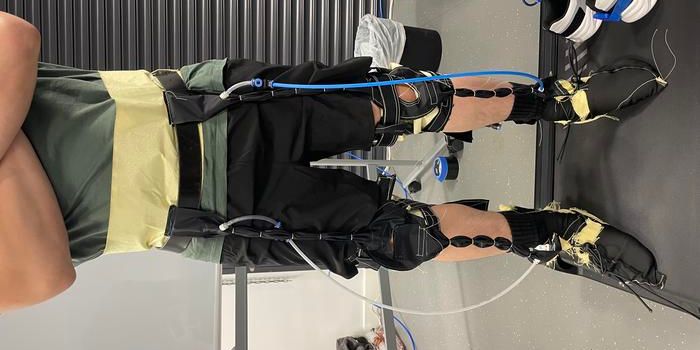Harnessing Automated Insulin Delivery: Case Reports from Marathon Runners with Type 1 Diabetes
How can machine learning help individuals with type 1 diabetes (T1D)? This is what a study presented at this year’s Annual Meeting of the European Association for the Study of Diabetes (EASD) hopes to address as a team of researchers have developed a system using machine learning capable of managing blood sugars levels with such proficiency that those using system were able to lead lives far more active than the average T1D patient.
For the study, the researchers developed the AID system, which uses closed-loop technology that delivers insulin based on readings from the machine learning algorithm, resulting in a 50-year-old man, a 40-year-old man, and a 34-year-old woman with T1D being able to run hours-long marathons in Tokyo, Santiago, and Paris, respectively. This study holds the potential to help develop better technology capable of allowing T1D diabetes patients to stay in shape without constantly fearing for their blood sugar levels, which can lead to long-term health problems, including hyperglycemia, nerve damage, or a heart attack.
“Despite better systems for monitoring blood sugars and delivering insulin, maintaining glucose levels in target range during aerobic training and athletic competition is especially difficult,” said Dr. Maria Onetto, who is in the Department of Nutrition at the Pontifical Catholic University of Chile and lead author of the study. “The use of automated insulin delivery technology is increasing, but exercise continues to be a challenge for individuals with T1D, who can still struggle to reach the recommended blood sugar targets.”
The system works by allowing the patient to enter key information, including consumed carbohydrates and target glucose levels, along with temporary glucose levels if the patient is concerned about hyperglycemia risk. While the system was in use, the researchers measured the amount of time each patient exhibited glucose levels within target range, below target range, and above target range. In the end, the 50-year-old man exhibited target glucose levels 96 percent of the time during his marathon, the 40-year-old man exhibited target glucose levels 100 percent of the time, while the 34-year-old exhibited high glucose levels, potentially for several reasons.
“It is likely that the woman remained hyperglycemic throughout the race for a number of reasons,” said Dr. Onetto. “She may have eaten too many carbs before the race without insulin, but she also didn’t deactivate the temporary sensor glucose target (temp target) because she hadn’t realized that disconnecting it would re-enable the auto-correction boluses.”
This study comes as T1D remains a global issue, with approximately 8.75 million individuals worldwide suffering from T1D, as of 2022. Additionally, T1D is most severe within low-income countries, along with life expectancy being far lower than high-income countries, as well. It is currently projected that between 13.5 to 17.4 million individuals will have T1D by 2040.
What new technologies to combat T1D will researchers develop in the coming years and decades? Only time will tell, and this is why we science!
As always, keep doing science & keep looking up!
Sources: European Association for the Study of Diabetes, EurekAlert!, IDF Diabetes Atlas, National Library of Medicine








